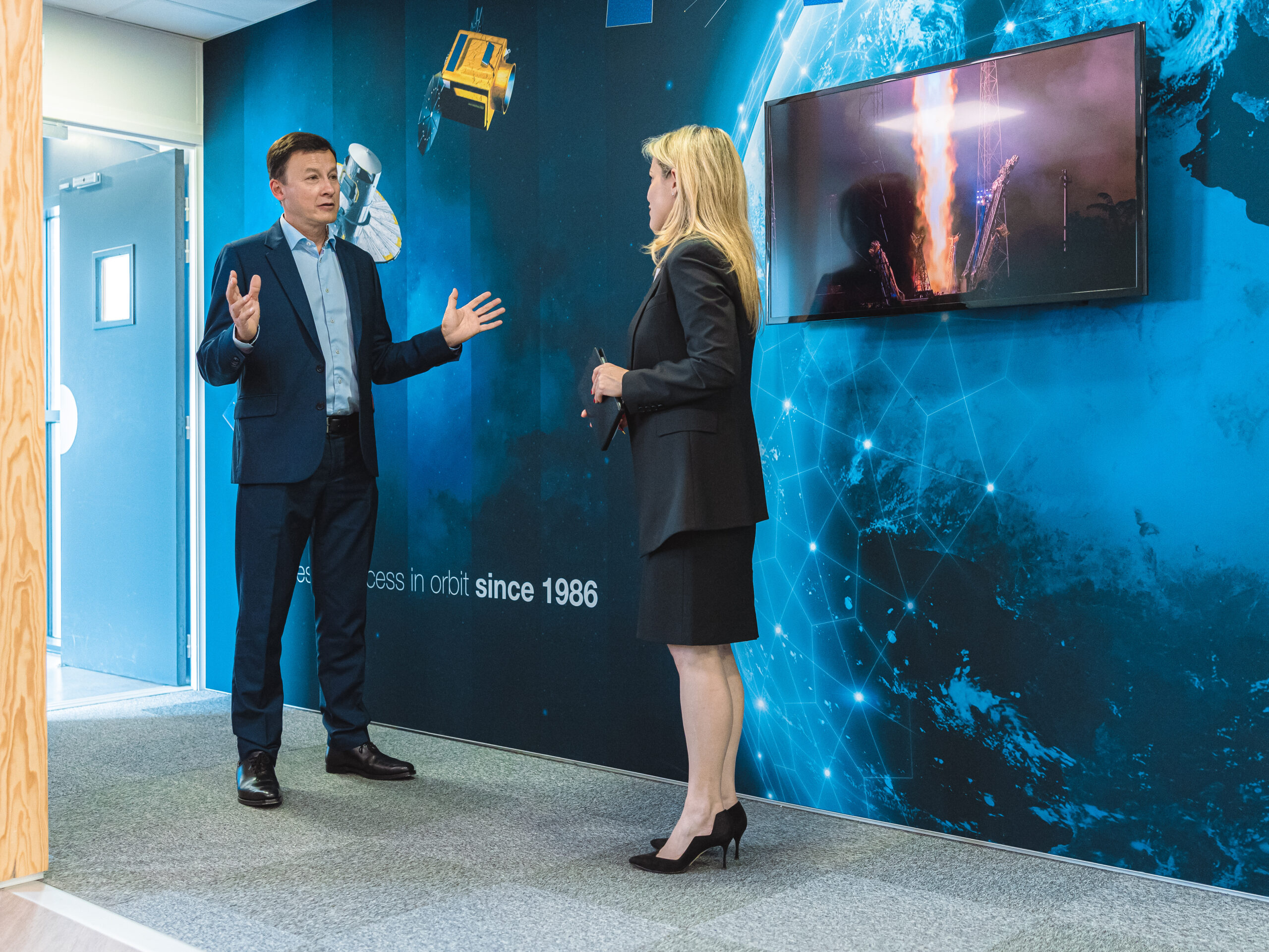 Aerospace and Defense Actors
Aerospace and Defense ActorsGreatly facilitated by advances in science, evolving technologies and engineering, the intersecting frontiers of security, trade and exploration are changing in dimension. They are no longer bound to Earth but are beginning to touch the incredibly vast expanses of space.
October 31, 2022
On these beautiful summer nights, only experienced eyes can see and understand the secrets of the sky. This mixture of more or less distant, more or less fixed lights reveals a dimension paradoxically so present in our daily lives that it is ignored by ordinary mortals, and yet... so many things to know.
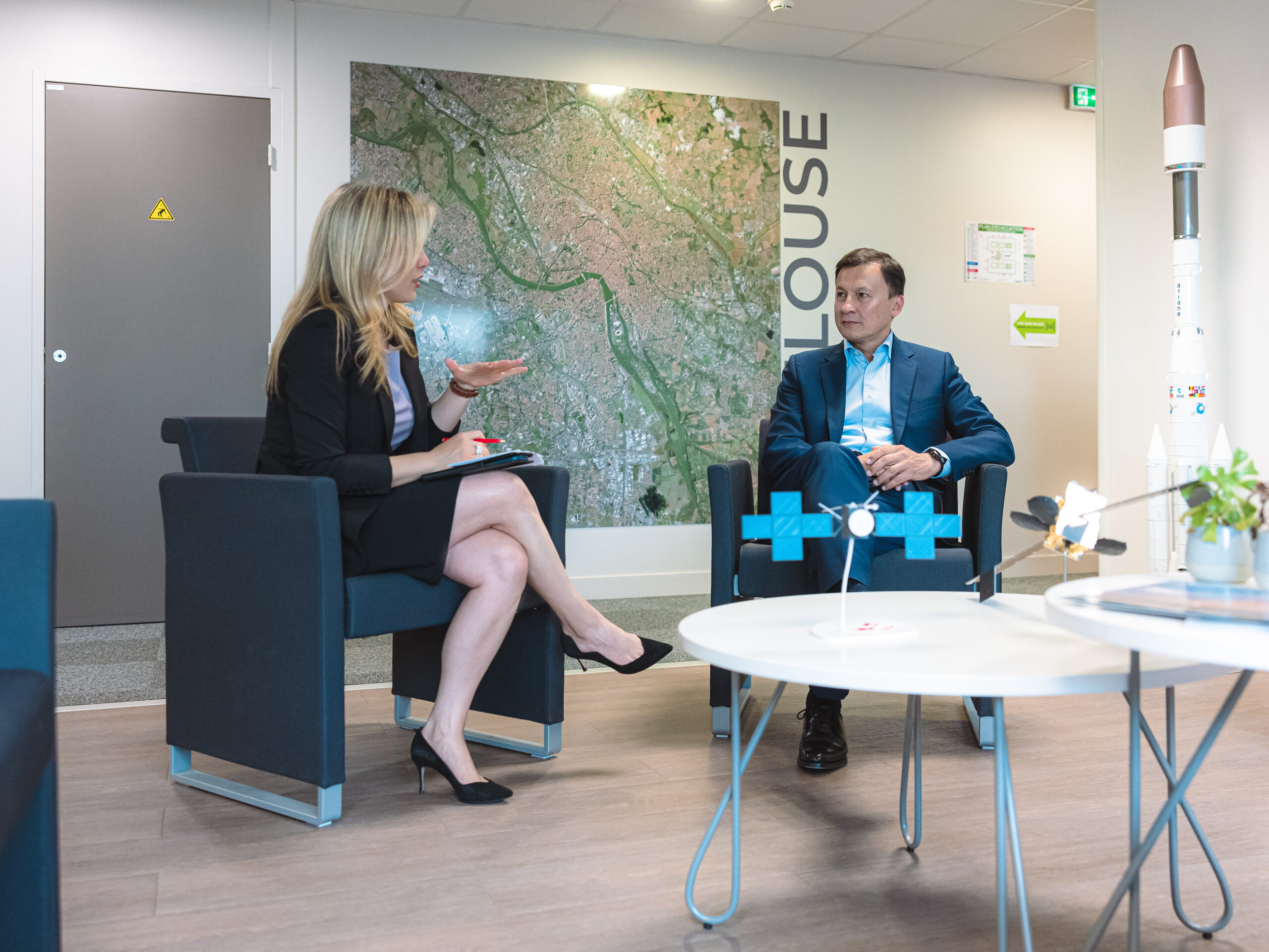
Greatly facilitated by advances in science, evolving technologies and engineering, the intersecting frontiers of security, trade and exploration are changing in dimension. They are no longer bound to Earth but are beginning to touch the incredibly vast expanses of space.
Space systems have taught us a lot about ourselves, our planet and the universe. Their development has allowed us to acquire new “points of view” to better observe and understand our dear planet, as well as worlds beyond ours. In this new and exciting field, innovation is crucial, with increasingly sophisticated satellites penetrating deep into our lives, facilitating everything from our supply chains and financial system to climate monitoring and global communications.
The possibilities of this new dimension are extraordinary, but there are still many things that still need to be developed. We must acknowledge that more than half of the thousands of satellites orbiting our planet are used for communications - a trend that is not going away. Meanwhile, various private sector players, from corporations to billionaire enthusiasts, are scrambling to capture as many space resources as possible to reach their holy grail. And then with the growing number of satellites in orbit, inevitably comes the question of space debris – will our dependence on satellites, and our inability to clean up after them, be their downfall?

The new era of space exploration offers countless possibilities. The creation of new professions and their new jobs around the fight against climate change is a representative example. Whether economic, scientific, technological or related to security, these new avenues are promising. There is therefore no shortage of opportunities for all in this new global space economy, and space-inspired industries are on the verge of unprecedented commercial success.
Space exploration has always evoked fanciful notions of science fiction, such as space tourism, the search for extraterrestrial life or even habitable planets, in case we want to colonize some of them. However, before we can undertake such journeys, we need to take care of our dear mother earth and space plays a key role in this, in particular the need for real-time information. This is where satellite data come in, offering accurate real-time details on global dynamics such as population growth and environmental impacts. Available to governments, businesses, NGOs and individuals, these data can be used to monitor and protect our environment.
Real-time space imagery can show the direction of smoke from a wildfire, indicating where it is likely to spread and saving lives and property, as well as information on ocean currents can be integrated into the mapping of optimal maritime routes, which naturally leads to a reduction in fuel consumption and thus CO2 emissions. Meanwhile, the increasing integration of location-based applications into daily life would be impossible without accurate real-time geospatial data, with most location-based services and mapping relying on satellites. In the end, satellites earth sensing and observation are the most efficient way to obtain information on the state of the planet. Associated technologies encourage creativity to invent our future.

In pursuit of excellence for this interview, I had the privilege of meeting Philippe Pham, SVP Head of Earth Observation and Science at Airbus Space Systems. Since September 2018, Philippe Pham has led the Earth Observation and Science (EOS) Program Unit within the Defence and Space Division. Operating in four European countries, with a turnover beyond one billion euros and more than one thousand engineers, addressing the institutional and commercial challenges of Earth Observation systems.
Through hard work and determination, he has built a career spanning many leadership roles in defence and space systems and services, with responsibilities spanning major programs and product lines. From calls for tenders and their technical proposals, to engineering in the telecommunications and Earth Observation sectors. Philippe is well versed in units transformation and organizational restructuring, as well as launching new business models and partnerships worth tens to hundreds of millions of Euros.
He acquired an extensive programs experience with a wide variety of international customers around the world, including the EC, ESA, Eumetsat and various national government agencies and ministries of defence. Product policy planning and strategy are his strengths, and he has established an extensive network within the defense and space community. Having worked in France and Germany, he has been Managing Director of Airbus DS Geo SA (formerly Spot Image SA), a medium-sized French legal entity with more than 500 staff. He was also chairman of the board and member of the board of directors of several Airbus DS-Intelligence subsidiaries in France, Spain and Hungary.
It was in the early afternoon at the Space Academy in Toulouse, France, that I sat down with Philippe. This facility was set up by Airbus to train customers so that they can operate the Airbus satellites and space systems they have purchased in the best possible conditions. The training program typically includes 3-6 months of theory, followed by about the same amount of hands-on training. This service is particularly useful for new customers, such as governments that are beginning to establish space programs. Philippe Pham is very committed to this aspect of Airbus, calling it essential for developing new and long-standing relationships with customers. This customer-oriented attitude has been an important part of his professional career – success, he says, is less about negotiating and signing a contract and more about how you deliver and how to help your customer get the most out of the products and services.
Philippe Pham is a calm man, proud of his work. It's almost impossible to describe the strong, deep expression on his face and the extraordinary emotional expression as he uses his mastery of the subject to present every detail. Our interview lasts two hours, and each of his words is pronounced with clarity, confidence and serenity.
The son of a Vietnamese immigrant and a French mother, he considers parenting lessons valuable, calling his parents "real fighters." His most vivid memories, which he describes in precise detail, are of his childhood, especially the times he spent with his grandfather. Philippe describes him as a humble man who was in love with his work, like making chess pieces with his own machines. In particular, he recalls with great precision how the knights were meticulously handcrafted for use in tournaments by the most famous chess competitors in the world. This, he says, has been a lesson in patience, a lesson in the pursuit of excellence, a lesson in the desire to be even better than "yesterday" - these are the qualities and values Philippe Pham inherited and carries with him.
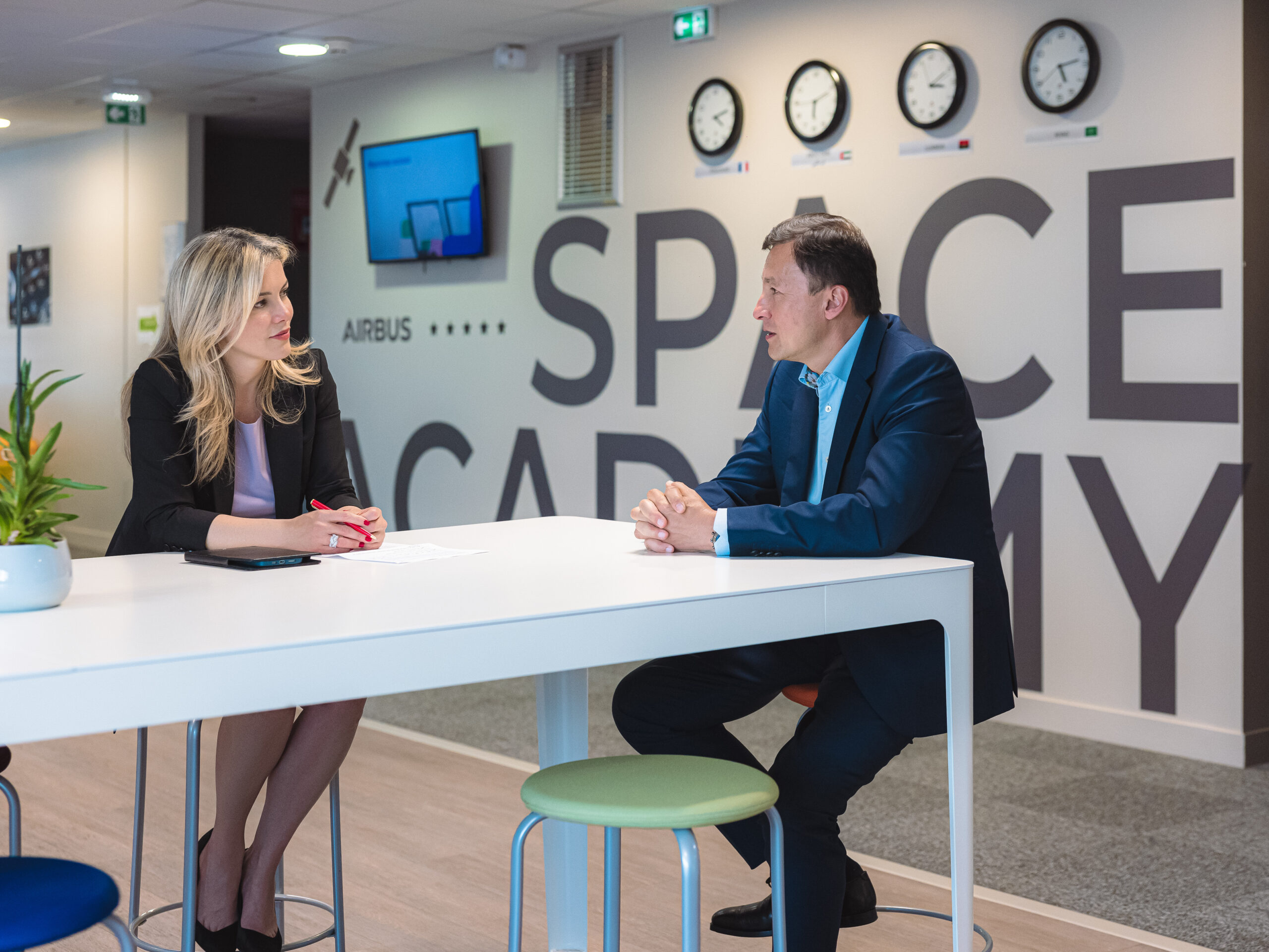
There are many satellite customers in all commercial, military, governmental and civil sectors. They benefit from satellites and their services in communications, Earth and space observation, science and technology development, navigation and global positioning and many others. But before delving deeper why satellites are so important, let us recall what we mean by satellites.
Generally speaking, satellites can be natural, i.e. a celestial body such as the Moon, or artificial, i.e. built and put into orbit by man. Artificial satellites are those that allow the exploitation of technologies such as navigation, television and radio signals, Internet access, communications, meteorology, climate monitoring, earth observation and scientific exploration.
There are several types of orbits characterize the trajectories of satellites: low Earth orbit (LEO), medium orbit (MEO), and highly elliptical orbit (HEO), referring to an orbit that has an inclined elliptical shape ( like an egg). And the geosynchronous or geostationary orbit (GSO/GEO) has traditionally been used for the large telecommunications satellites, since ensuring a speed equivalent to the rotation of the Earth and in orbit in the equator plane; therefore, geostationary satellites in this orbit have a fixed position above a point on the earth in longitude covering about one third of the earth surface area, ideal for TV boradcasting and wide range of telecommunications applications.
The Earth currently has currently about 4,550 satellites in orbit. More than 3,000 of them, a large majority, with growing numbers every month, are in LEO orbit and are mainly used for communications and remote sensing. The 565 satellites in GSO/GEO make up the second largest number of satellites in operations. They are mainly used for telecommunications and Earth Observation. As for the 139 satellites in MEO orbit, they are mainly linked to navigation systems (GPS and Galileo for example). Finally, HEO has 56 satellites, which are used for telecommunications, radios and remote sensing.

Space infrastructure was generally shared between governments and public companies. Satellite imagery and remote sensing have offered a multitude of services for decades, such as strengthening global security, optimizing mission planning, improving resource management and monitoring climate and environment. However, recent innovations have brought some changes in the space race, with private companies. Genuine challengers emerging as important new players. These newcomers in a field that was, until recently, reserved for States and public institutions have transformed the traditional space industry. Indeed, it now exploits the latest innovations and technologies made in sectors such as big data and Artificial Intelligence. To develop rapidly, this “new space field” also presents unprecedented low-cost access to space. Among these new space players, " Airbus prides itself on using its satellite imagery and geospatial data to provide sustainable solutions for the entire value chain, rising above competition to meet market demands. With applications ranging from maritime surveillance and precision agriculture to emergency response and environmental monitoring, Airbus prioritizes its goals of increasing global security, improving resource management, facilitating planning missions and preserving the protection of the environment ". says Philippe Pham.
However, the new constellations risk changing the spatial paradigm. Indeed, the figures announced by the newcomers (in particular the major players in the digital world and that of telecommunications) are disproportionate to the existing satellite population. Several tens of thousands of satellites per new constellation will invade our space, mainly in low earth orbit. By projecting our analysis a little further, we also see a radical change in the world of space vectors (launchers). A new launch strategy (in clusters) or even by catapult launch is emerging depending on satellites size, mass, numbers and orbits. Reusable launchers as well as more ecological vectors will thus revolutionize the orbiting market. It is the growing demand for these services that drives these new models and lays down its law. The industry must follow, in particular the challengers from GAFAMs or other disruptive start-ups.

Although space activity has not been entirely consistent and seamless over the years, it is now fully under control. Companies and individuals are increasingly interested in how they can use space and all the services mentioned above. This new space race has inflated the number of companies active in this sector, which arrive with the general opinion that this industry will provide new ways of doing business.
On this subject, Philippe has a disruptive version of the competition. Rather than seeing challengers as competitors, he sees them as complementary business. Indeed, he believes that the value does not lie in joining the race as a competitor but on the contrary, there is value in developing new ways of collaborating: developing new solutions to help them accessing the market is a new source of innovation and market growth, from technologies to services. Of course, they will bite into their market share, but if this enables developing new markets, new services, new business cases, then the objective is achieved. The goal is to make and grow business, not to kill the competition.
In addition, by collaborating to achieve space industry goals, race participants will offer different mindsets, paving the way for new ways of doing things that can serve the whole population, such as the development of smart technologies and sustainability. In the end, everyone will be able to benefit from a technological evolution that can ensure the protection of ecosystems through sustainable practices. Philippe proposes to us to consider the space race as something that offers value by giving us a new look, showing us that improvements and innovations can contribute to the development of new and additional services for customers. And not as a frantic race against dynamic, volatile and unpredictable competition. Space-based surveillance is increasingly crucial for everything from internet connectivity and precision agriculture to border security and climate action, such are the possible examples of cooperation. The data gathered, such as sea level, temperature, vegetation or air quality, is essential for scientists and decision-makers to make real-time predictions on environmental issues and make informed decisions. The same high-quality, reliable data are actionable information for business decisions.
With the wealth of information now available, the most pressing question is how to use it.
Specifically, what details are important and how can we use them effectively to address the plethora of challenges currently facing the planet? Efforts are underway to establish rules in this regard, including guidelines on how to collect this information, filter it to anticipate and prevent challenges, and how to ensure that all stakeholders - from government entities to businesses private - can make the best use of them.
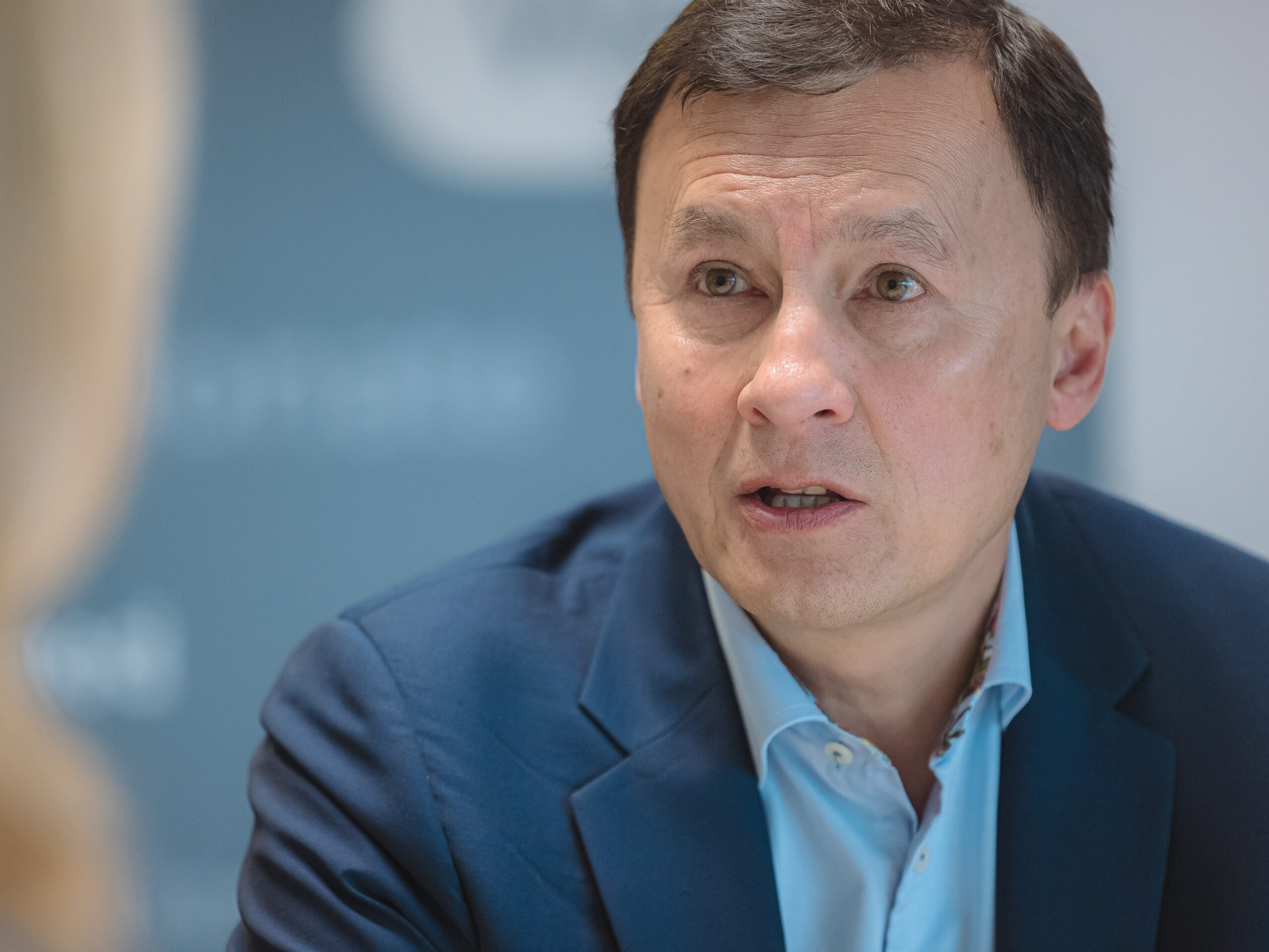
With the advent of satellite services and all of the new players entering, the space industry is being turned upside down. Among other things, there is a cause for Internet services and communications in LEO and MEO. In addition, governments want to promote the commercial use of space to generate high value-added jobs or gain new “territories”, or even potentially strengthen their military presence in space. We have seen this recently in France with the renaming of the Air Force to “Air and Space Army”.
The limitless increase in the number of satellites in orbit inevitably induces orbital congestion, which mathematically increases the probability of future collisions, which in turn produce more debris. The same is true for prolonged exposure to UV rays and global space harsh conditions which also lead to the gradual degradation of satellites limiting their lifetime. Space debris is thus increasingly dangerous because it can damage not only other satellites but the whole low Earth orbit occupancy.
Currently, LEO satellites must share space with at least 128 million pieces of debris, including 34,000 over 10 cm. And this is worsening every month. Meanwhile, despite their desire to explore and exploit space, governments are struggling to implement effective regulations to control space debris. Our modern lifestyles are highly dependent on functional spatial infrastructures, which themselves are increasingly under threat.
The space industry's trend to launch multiple small satellites that are more flexible in providing services over larger areas will introduce new challenges in managing and coordinating in-orbit hardware. Current plans call for investments beyond the $1 trillion mark and the growing proliferation of players in this high-octane sector is likely to produce friction if an unmanaged free-for-all remains. Our need for space infrastructure has become firmly embedded in daily life and society, where satellites have brought us great benefits and offer us valuable insight into our own planet. It is undeniable and it is not ready to stop.
Nevertheless, we must ensure that any development in space continues to move towards a more sustainable future. In other words, space as an industry must incorporate industrial notions of design and sustainability to enable it to continue to enrich our lives. Like the seas, space is a possible extension of our places of future residences as the world population is becoming denser. Like the marine environment, our orbital space must be respected to allow our children to use it wisely. It is so useful for us to develop, to understand and protect ourselves. Let it be duly exploited.
In any case, this remains Philippe's motto.
Cheers!
Ana Paula Araujo Mendes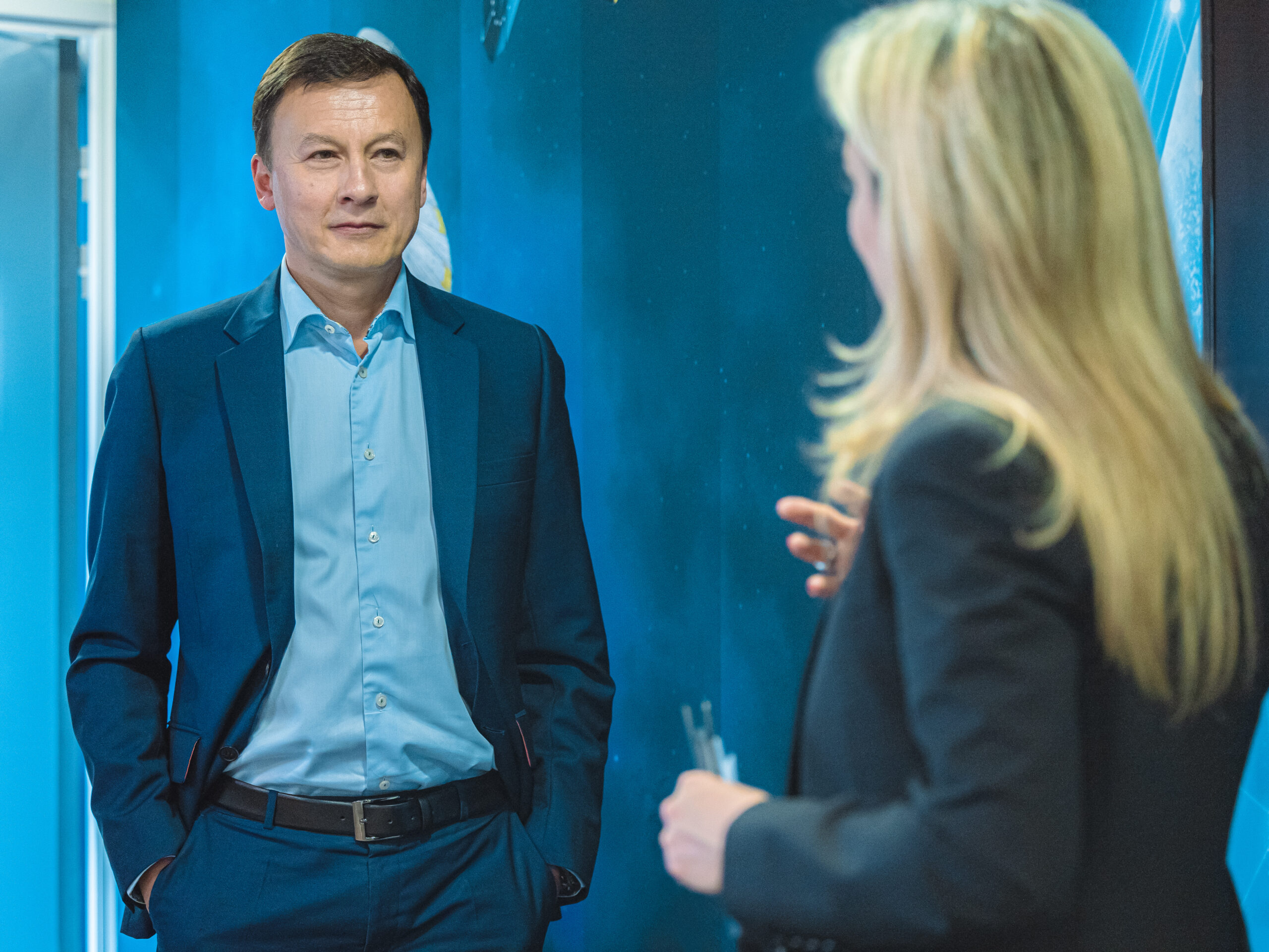
Philippe Pham, SVP Head of Earth Observation and Science at Airbus Space Systems. Since September 2018,
Philippe Pham has led the Earth Observation and Science (EOS) Program Unit within the Defence and Space Division. Operating in four European countries, with a turnover beyond one billion euros and more than one thousand engineers, addressing the institutional and commercial challenges of Earth Observation systems.
President of 3i3s Europe - 3I3S EUROPA is an international non-profit institution dedicated to aeronautical and space applications (AEROSPACE), with 1500 members
Interview photos Audran Sazier
Airbus Communication for authorizing the interview

Aerospace and Defense Actors
Patrick Dutartre: Piloting your business with excellence. Leaders must inspire their employees.

Aerospace and Defense Actors
Alain JUILLET: Competitive Intelligence “Seeking heads”

Aerospace and Defense Actors
Daniel Kunth and Tomorrow’s World: Ad Astra

Aerospace and Defense Actors
Major General Dominique Arbiol on Preparing the Next Generation of French Air Force Officers: Building the Right Force for the Future Warfare

Aerospace and Defense Actors
General Damien STRIEBIG: Information Management - How Do You Prepare a Major unit for the Unpredictable
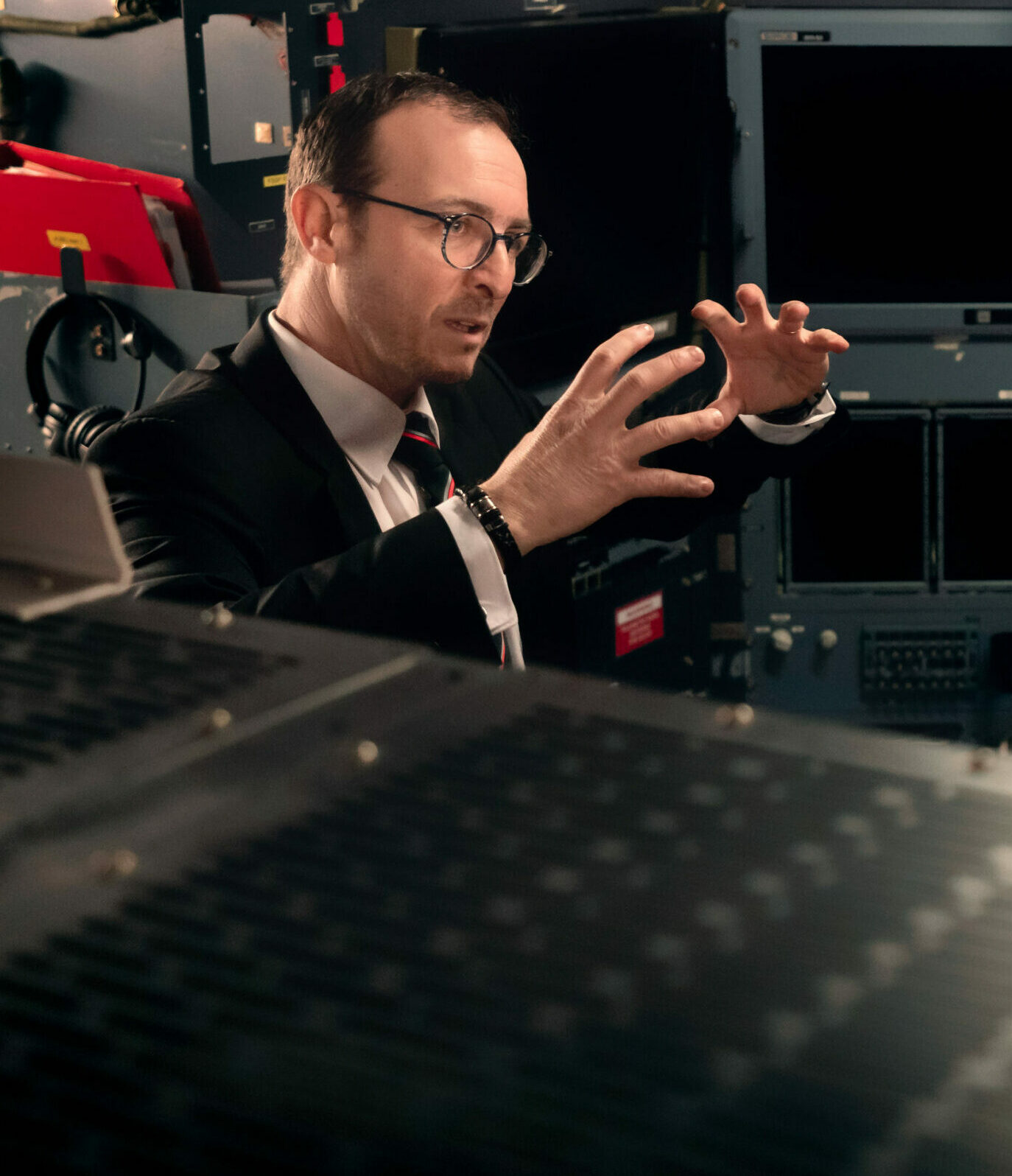
Aerospace and Defense Actors
Dr. Pascal Andrei - Incorporating Competitive Intelligence in a Strategic Vision
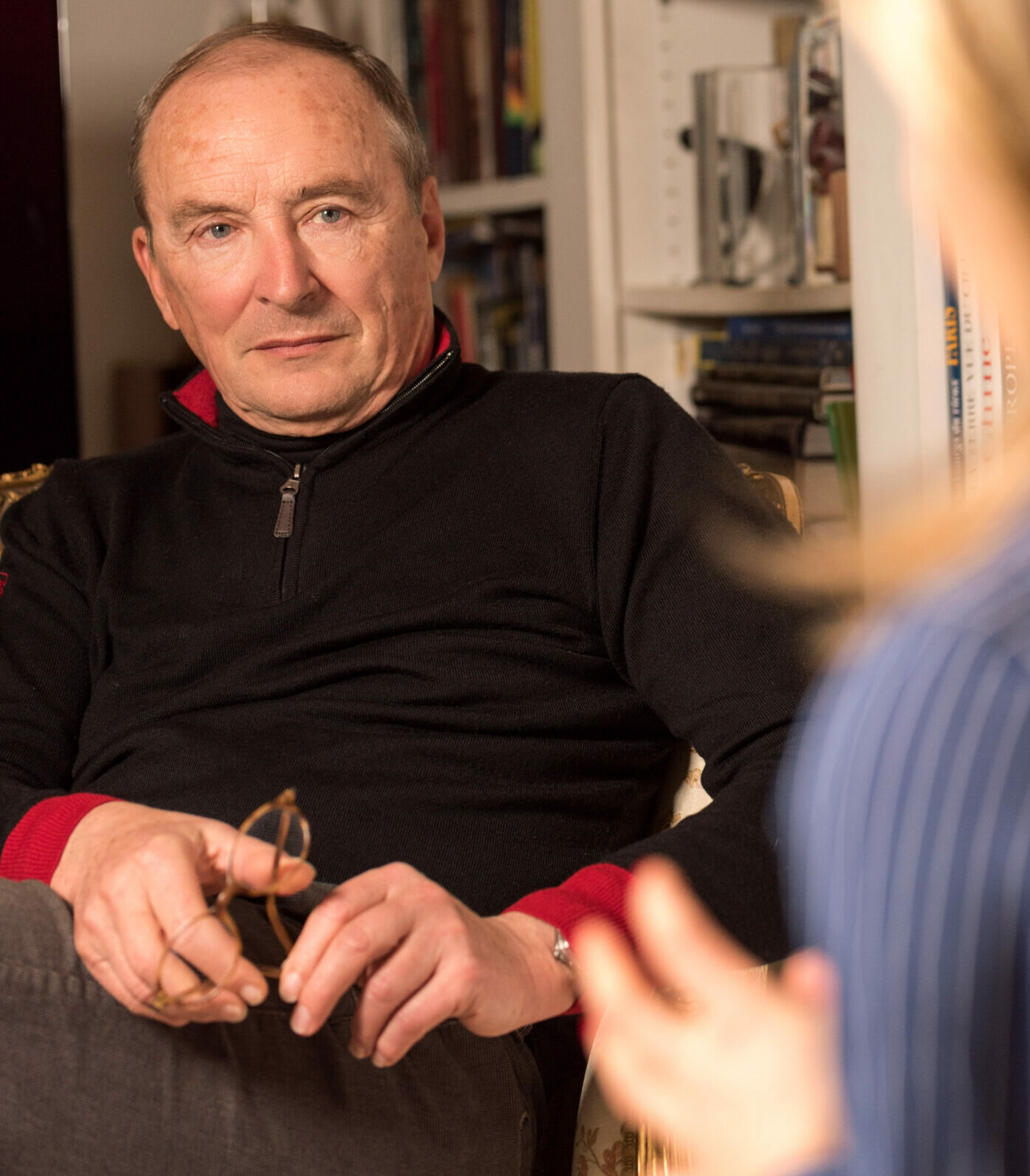
Aerospace and Defense Actors
Jean-Pierre Haigneré: A Cosmonaut's View of Progress. We Are Not Heroes; we are the Image of the Earth
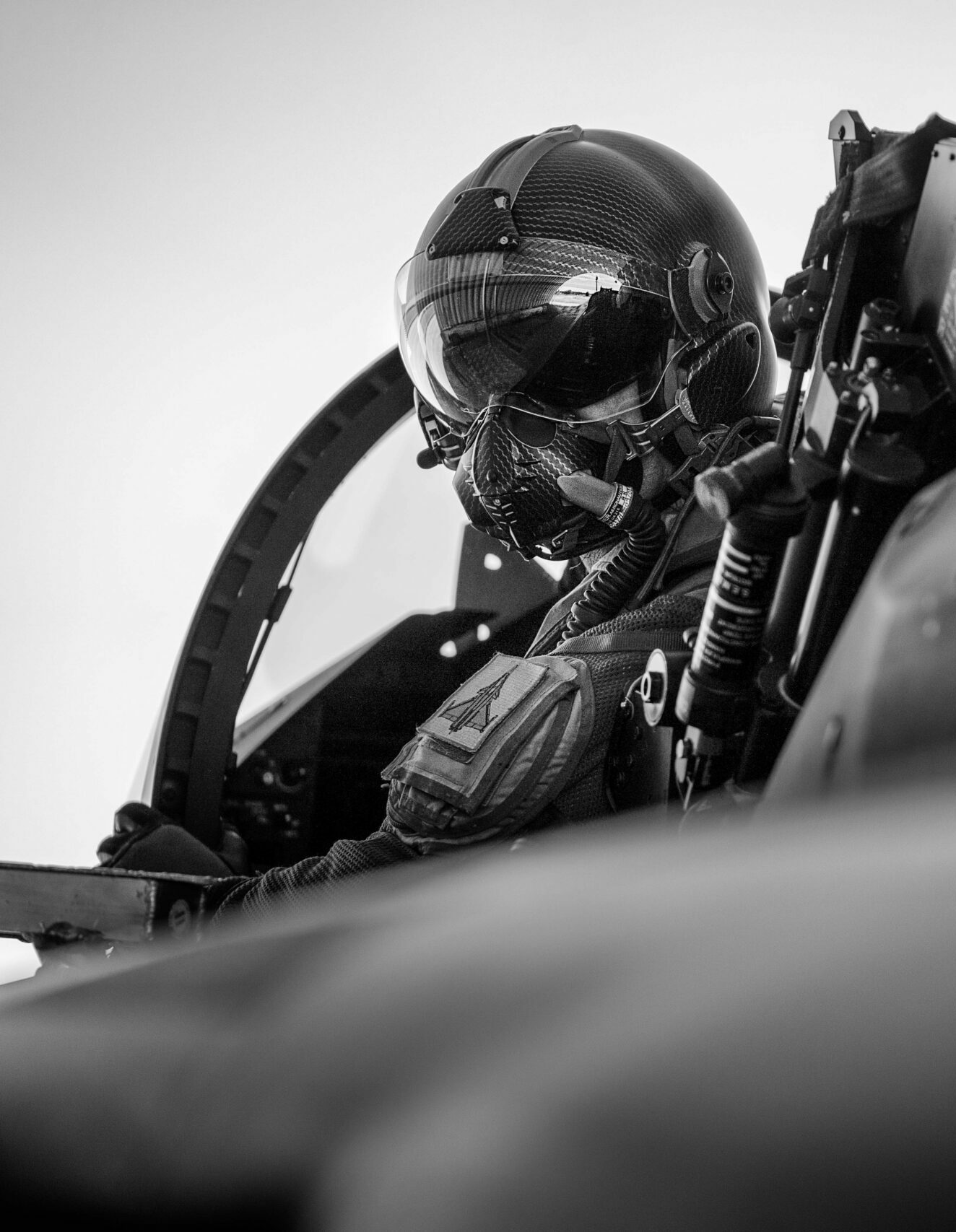
Aerospace and Defense Actors
The New Resilience Paradigm: The Face of the World After Coronavirus
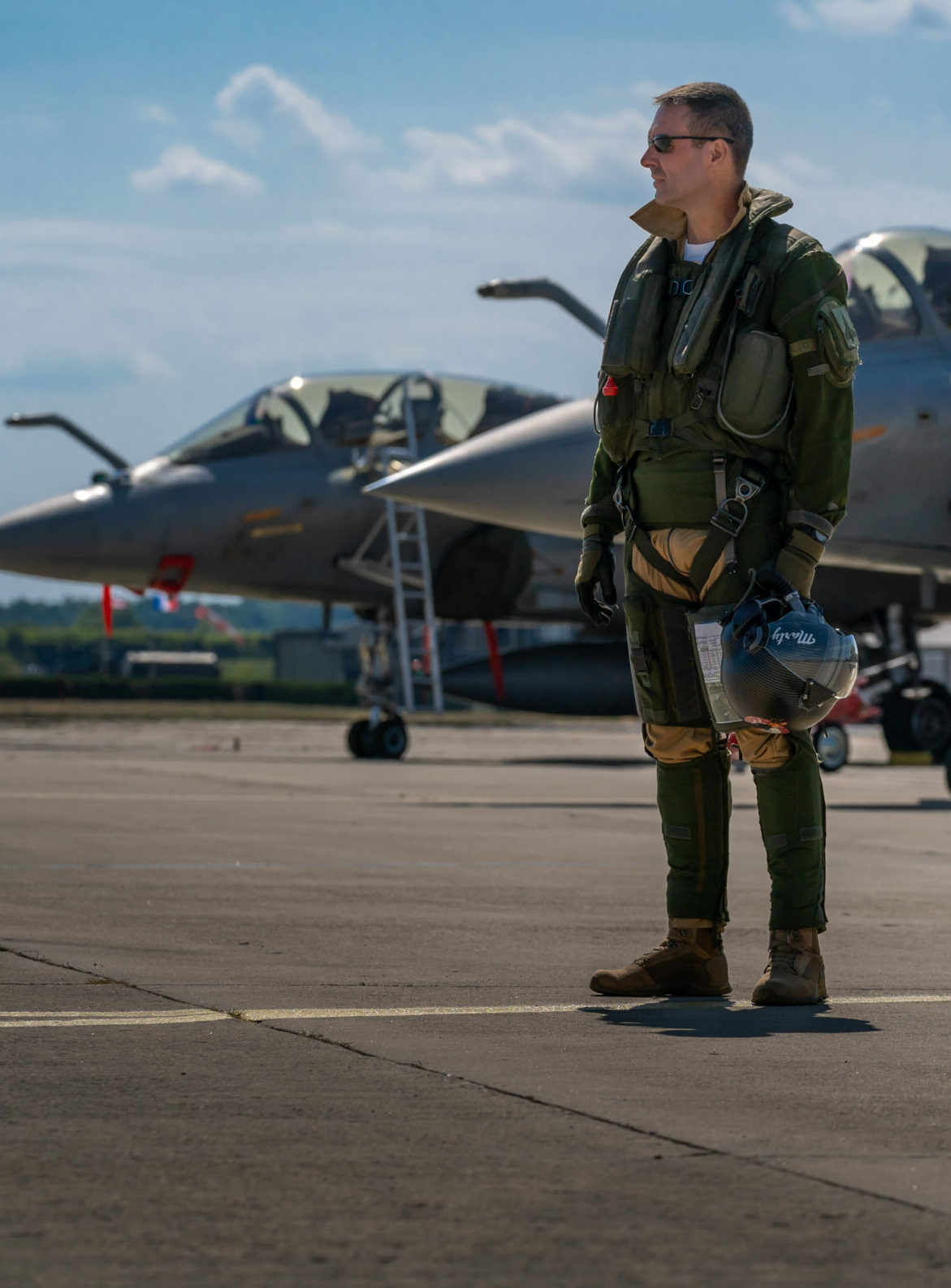
Aerospace and Defense Actors
French Air Force - Captain Jean-Guillaume Martinez: A Life Dedicated to Others: The Nation’s Real Stars

